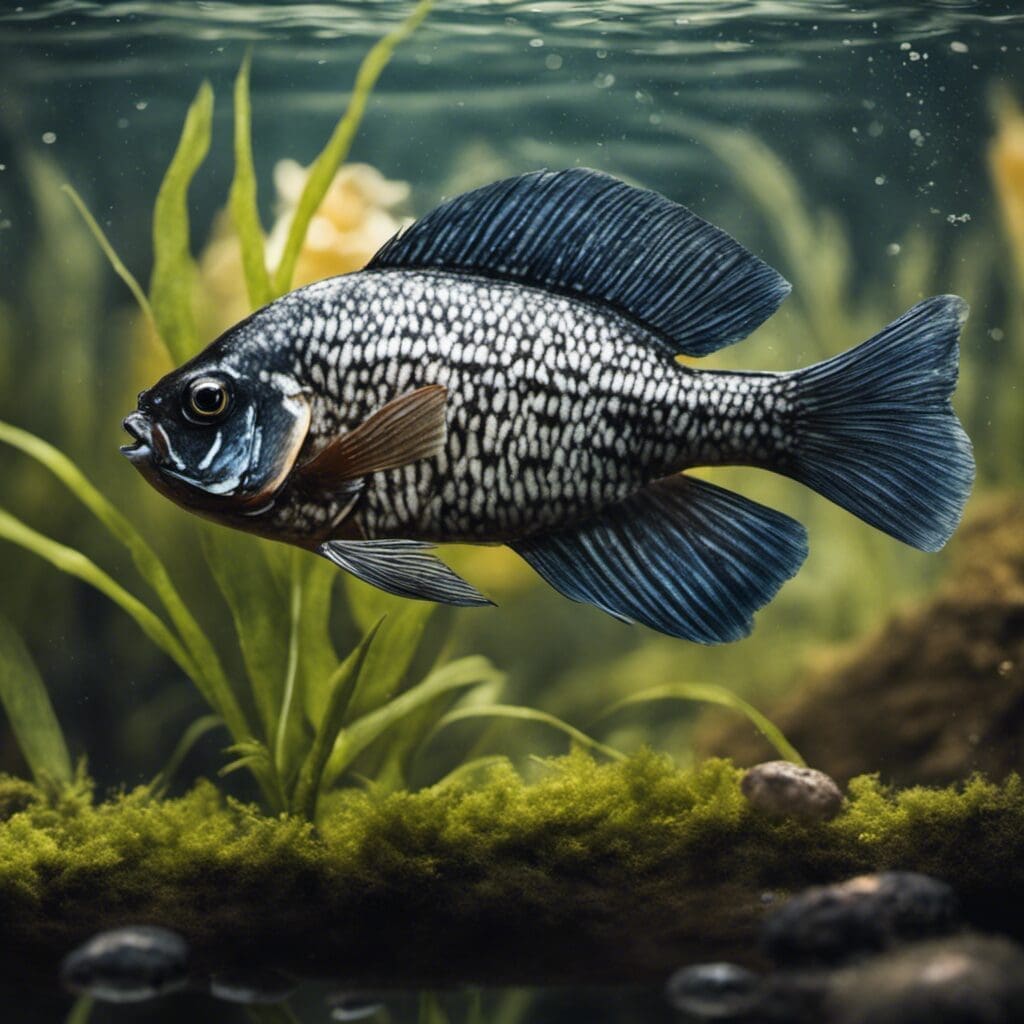Introduction
The Black Acara, scientifically named as Cichlasoma bimaculatum, belongs to a family of freshwater fish called Cichlid. Though originally hailing from Central and South America, it has managed to spread into other parts of the world including United States.
Conservation Status
The Black Acara is currently classified as a species of ‘Least Concern’ according to the IUCN Red List. Conservation efforts are not specifically targeted towards this species due to its broad distribution and healthy population size.
Statistics
| Aspect | Average | Range |
|---|---|---|
| Length | 20 cm (7.87 inches) | 15 cm – 25 cm (5.91 – 9.84 inches) |
| Weight | 300 grams (0.66 lbs) | 200 – 400 grams (0.44 – 0.88 lbs) |
| Average Lifespan | 10 – 11 years | N/A |
Distribution
Although Black Acaras are native to Central and South America, they have expanded their range to North America, especially in Florida, Texas, and Puerto Rico. They exhibit minimal migration patterns, typically occupying the same areas for most of their lifetime.
Habitats
Black Acaras are a freshwater species that can be found in a variety of habitats such as rivers, ponds, swamps, and canals. They can tolerate a wide range of water temperatures but prefer tropical conditions (24-28°C or 75-82°F). These species usually stay at depths of 1 to 10 meters.
When and Where to See
Season does not greatly affect the visibility of Black Acara, they can be observed throughout the year. These species are more active and visible during dawn and dusk.
Best Fishing Locations
This list includes some of the top fishing spots for Black Acara:
1. Lake Okeechobee, Florida
2. San Antonio River, Texas
3. Rio Grande, Texas
4. Loskop Dam, South Africa
5. Anhinga Trail, Everglades National Park, Florida
6. Banana River, Florida
When searching for Black Acara, look for calm, clear, tropical bodies of freshwater.
How to Catch
The Black Acara typically responds well to natural baits like earthworms and small feeds. Fly fishing and bottom fishing are effective techniques for capturing these species. The best time of day for fishing is during their active hours, which coincides with dawn and dusk.
Identification Guide
Black Acaras have an elongated oval body with a black to dark green color on the dorsal surface, fading to silver or white on the underside. They can be identified by a black spot on the caudal fin shaft. In comparison to other Cichlids, Black Acaras are typically darker and smaller in size.
Behavior
Black Acaras are omnivorous, feeding primarily on invertebrates, plants, and small fishes. They are known to be aggressive, particularly during their breeding season. They lack natural predators but are sometimes threatened by water pollution and habitat destruction.
Culinary
While Black Acara is not typically a popular seafood choice, it can be pan-seared or baked for a savory dish. It has a mild, somewhat sweet flavor, and is low in fat.
References and Further Reading
Please see the following sources for more information about Black Acara:
Note:
Always ensure to follow local regulations regarding the catching and consumption of Black Acara

